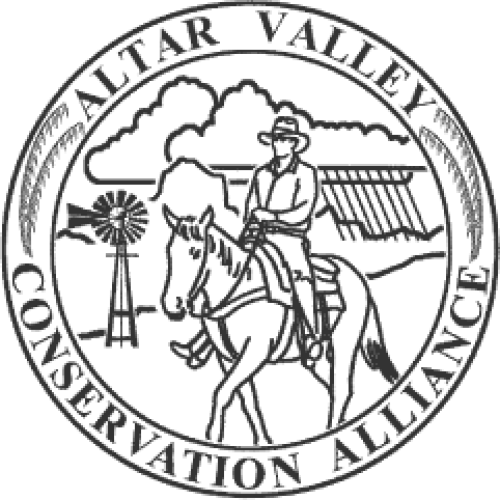[1] This study presents analysis of 34 years of precipitation, runoff, and sediment data collected from eight small (1.1–4.0 ha) semiarid rangeland watersheds in southern Arizona, USA. Average annual precipitation ranged between 354 and 458 mm with 53% of the total rainfall occurring from July through September. Runoff depth was 3.5%–13.9% of annual precipitation depth for individual watersheds and 9.2% on average. Runoff events with missing sediment data were estimated to account for 30% of the total sediment yield. Sediment yields were highly variable, ranging between 0.85 t ha−1 yr−1 and 6.69 t ha−1 yr−1 with an average of 2.4 t ha−1 yr−1. Ten percent of rainfall events with the largest sediment yields produced over 50% of the total sediment yield during the 34 year period. Linear regression models were developed to relate precipitation and runoff characteristics to watershed sediment yield. Maximum 30 min precipitation intensity was the primary factor affecting runoff, and runoff was the best predictor for sediment yield, explaining up to 90% of its variability. Fire and drought may have significantly altered the hydrologic and sediment response on some of the watersheds, but lack of continuous monitoring of vegetation on the watershed areas complicated interpretation of both fire and grazing management effects. [AUTHOR ABSTRACT]

Reports and other documents about Sonoran Desert ecology, management, and conservation. Curated by the not-for-profit Altar Valley Conservation Alliance (AVCA) located outside Tucson, AZ.